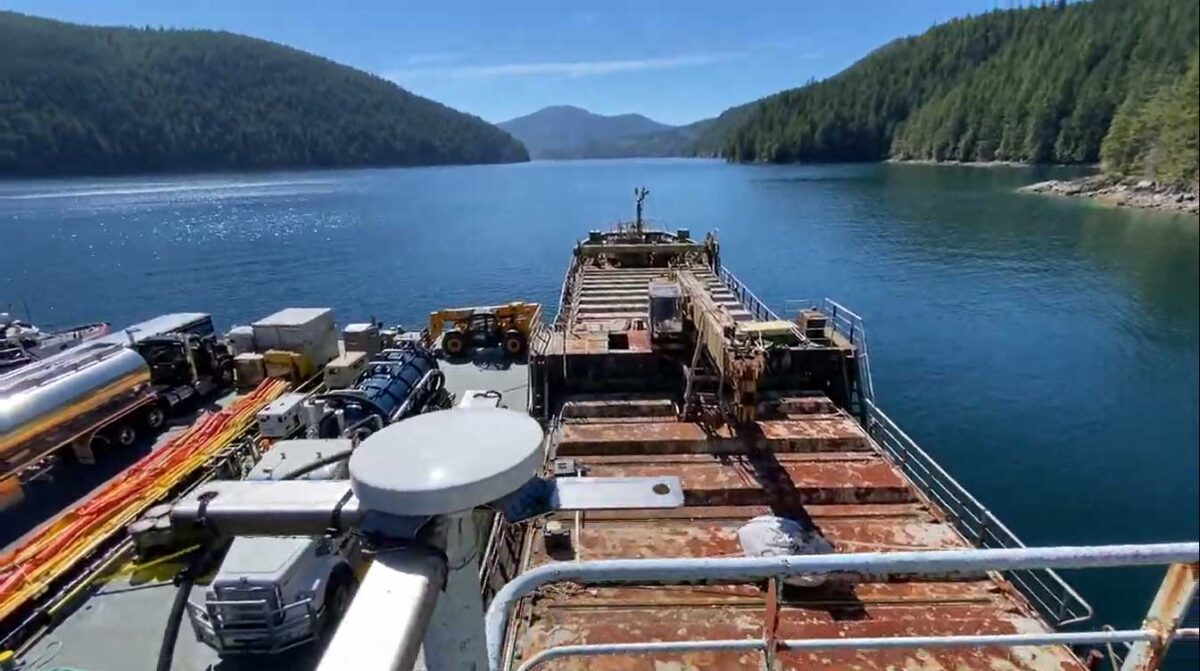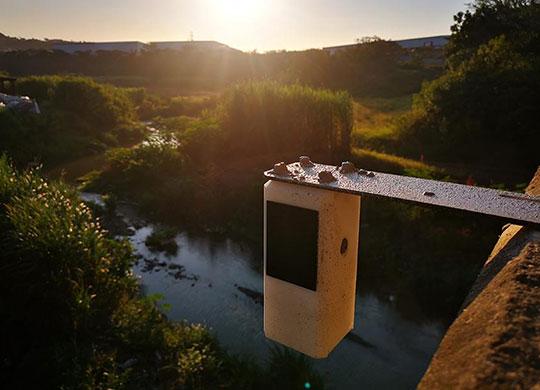Which transceiver will work best for your application depends on what you’re trying to do, and how much control your device has over your data. Here are examples of how companies, researchers, government bodies and individuals use sensors paired with a satellite IoT modem to capture and interpret variable and/or binary data, or simply provide a means of communication.
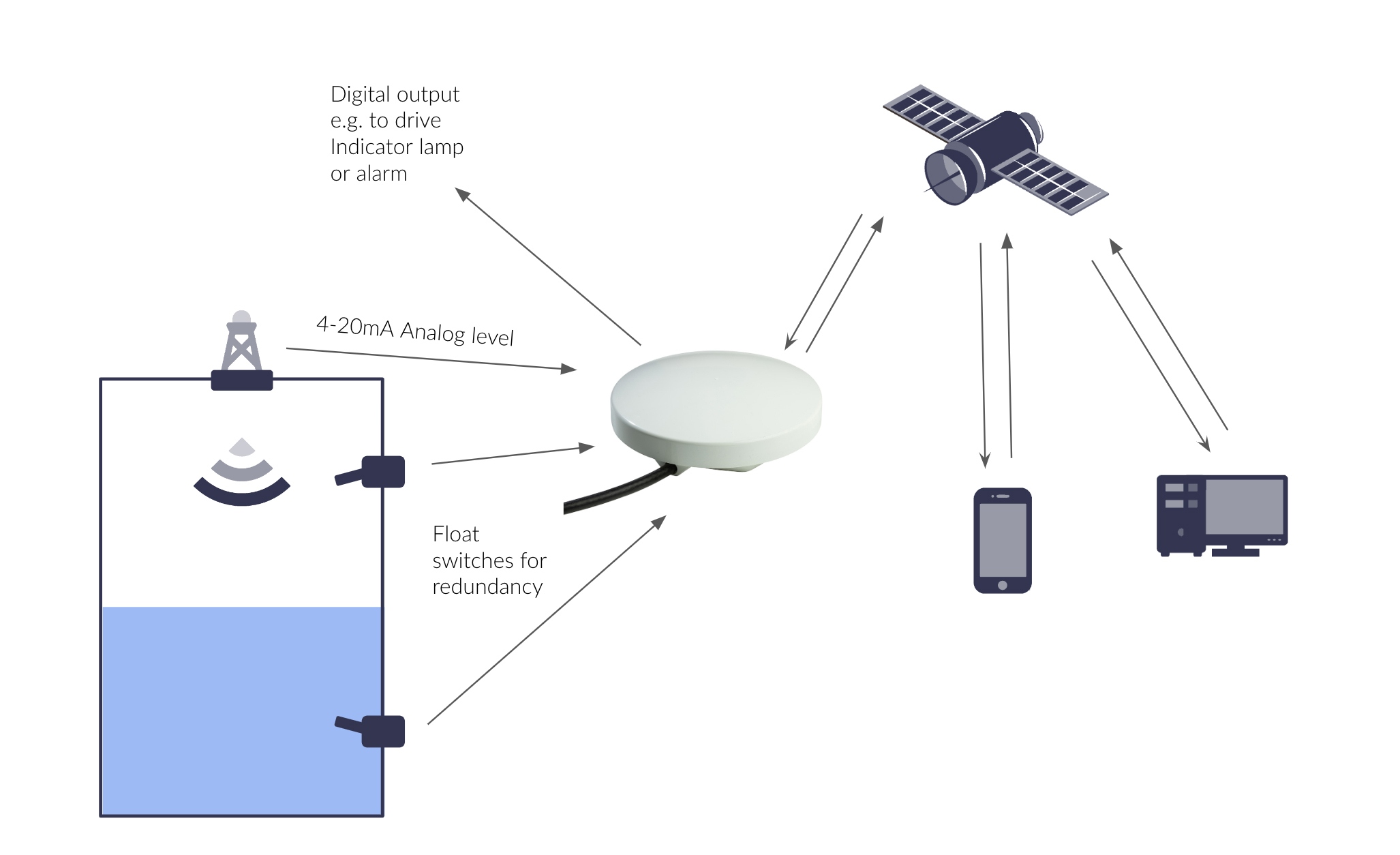
RockBLOCK Sense has analog and digital inputs that allow the device to receive signals from external variable sources such as sensors or switches. These inputs can connect to various sensors for temperature, fluid and air pressure, light, flow rate / direction, and environmental monitoring data. The digital output can trigger alerts or activate devices such as alarms or sprinkler systems based on the sensor readings.
The device provides a range of I/O that make retrieving industrial variable sensor data accessible from remote, low power, no cellular, locations. Supported by its ruggedized waterproof casing, RockBLOCK Sense retrieves your data and transmits from anywhere across the globe with a clear view of the sky.
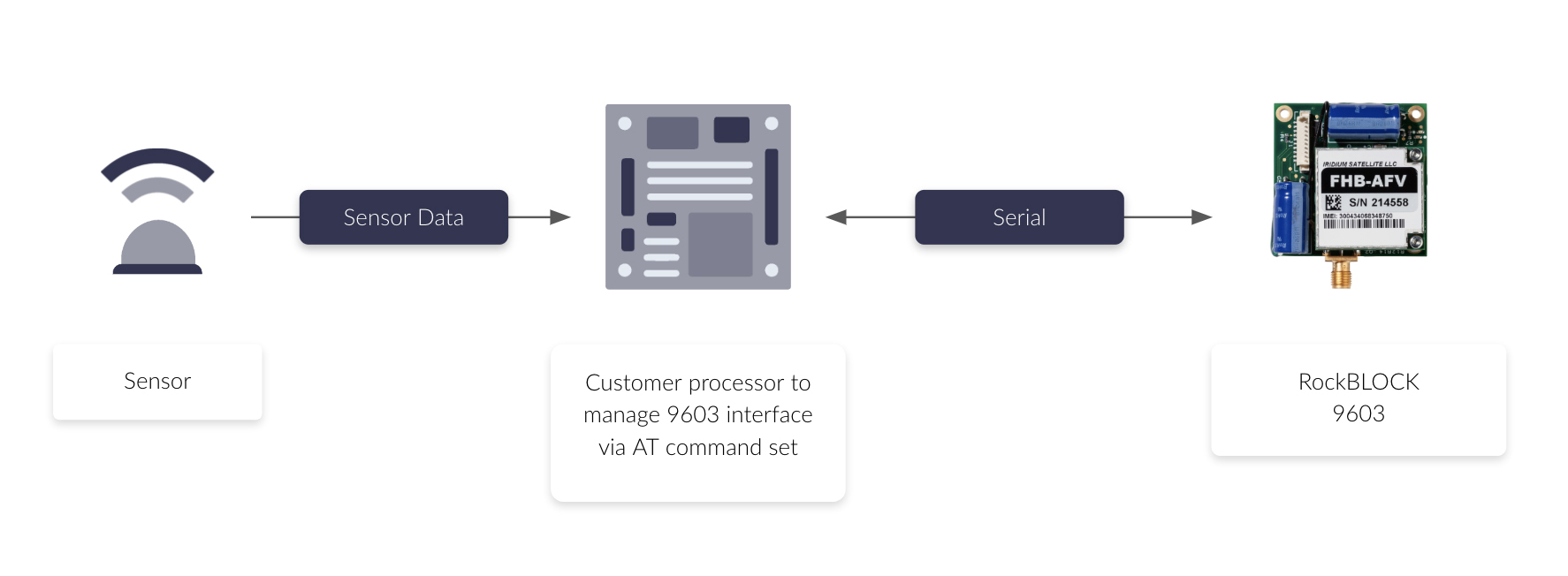
If you have your own controller, and all you need is connectivity, RockBLOCK Plus, or the naked version, RockBLOCK 9603, deliver plug-and-play satellite connectivity. RockBLOCK Plus is waterproof and ruggedized, with a 9-30v power input and RS-232 data link. RockBLOCK 9603 is the smallest and lightest version in our RockBLOCK family. It’s targeted primarily at systems integrators and product developers where space inside your enclosure is at a premium.
Both devices use the Iridium Short Burst Data service, which allows you to send and receive short messages from anywhere on Earth with a clear view of the sky. It works far beyond the reach of WiFi and GSM networks.

Why Connect Your Sensors With Satellite IoT?
Choosing a Satellite IoT Device For Connecting Sensors
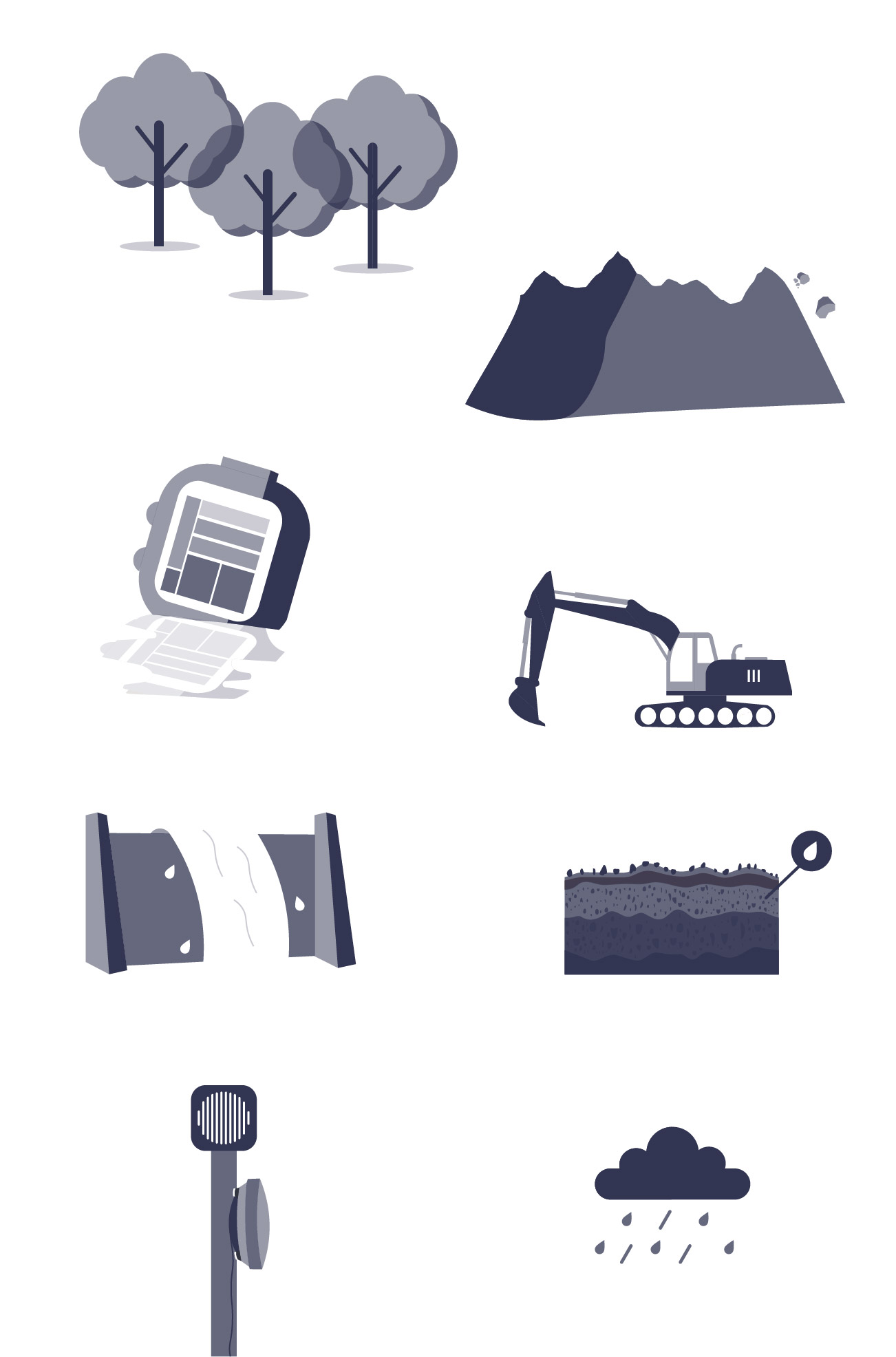
Can Your Sensor Control Your Data?
If you need a transceiver that can interpret and act upon the data it’s receiving from the sensors, that’s a different scenario to just needing a communication “pipe”. This choice is often driven by your choice of sensor.
How Data-Intensive Is Your Application?
While there are options for sending large amounts of data over satellite, it’s more expensive than sending over a terrestrial network, and so it’s always worth considering how you can optimize your transmissions.
Mobile or Stationary
If your device is stationary, its location is important. If it’s in a mountainous or forested environment, you’ll probably be better off with a Low Earth Orbit (LEO) constellation like Iridium, as satellites pass overhead frequently. If not, you may well have the option of using a GEO satellite, which is very stable, and often competitively priced for airtime.
If it’s mobile, you either need an auto-pointing antenna if you’re using a GEO satellite, so it can relocate the satellite as it moves, or an omni-directional antenna of the kind used by LEO constellations. Read more about this topic.
Latency
If you need your data in close to real-time, you should look for one of the established satellite network operators, like Iridium and Inmarsat, who have their full constellation in place. If you can manage with receiving your data once a day, a newcomer like Sateliot or Kineis, with a small number of satellites in Low Earth Orbit, may be able to help.
Battery Life
If you’re attracted by the data speeds of services like Starlink, a word of caution: these devices require mains power. If your sensors are operating on battery or solar power, you will need your satellite transceiver to be similarly optimized for low power applications.
Recommended Devices
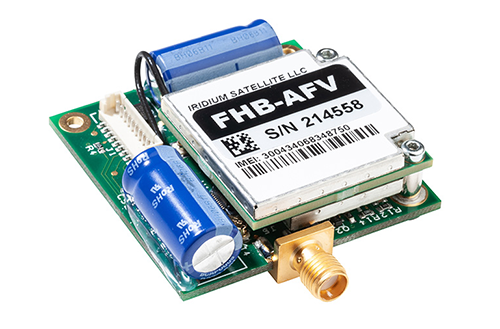
RockBLOCK 9603
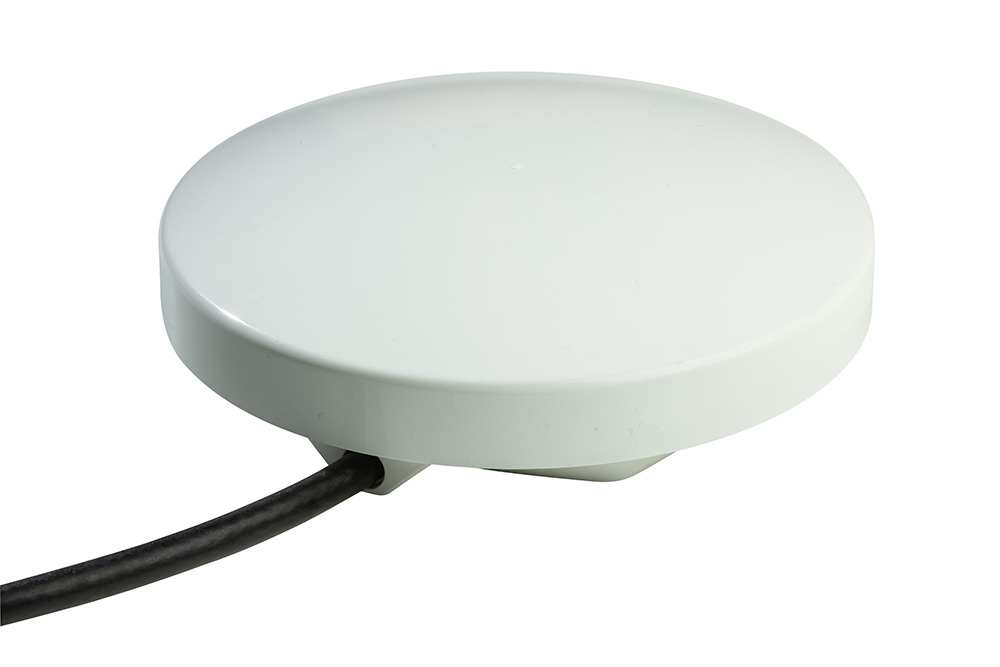
RockBLOCK Plus
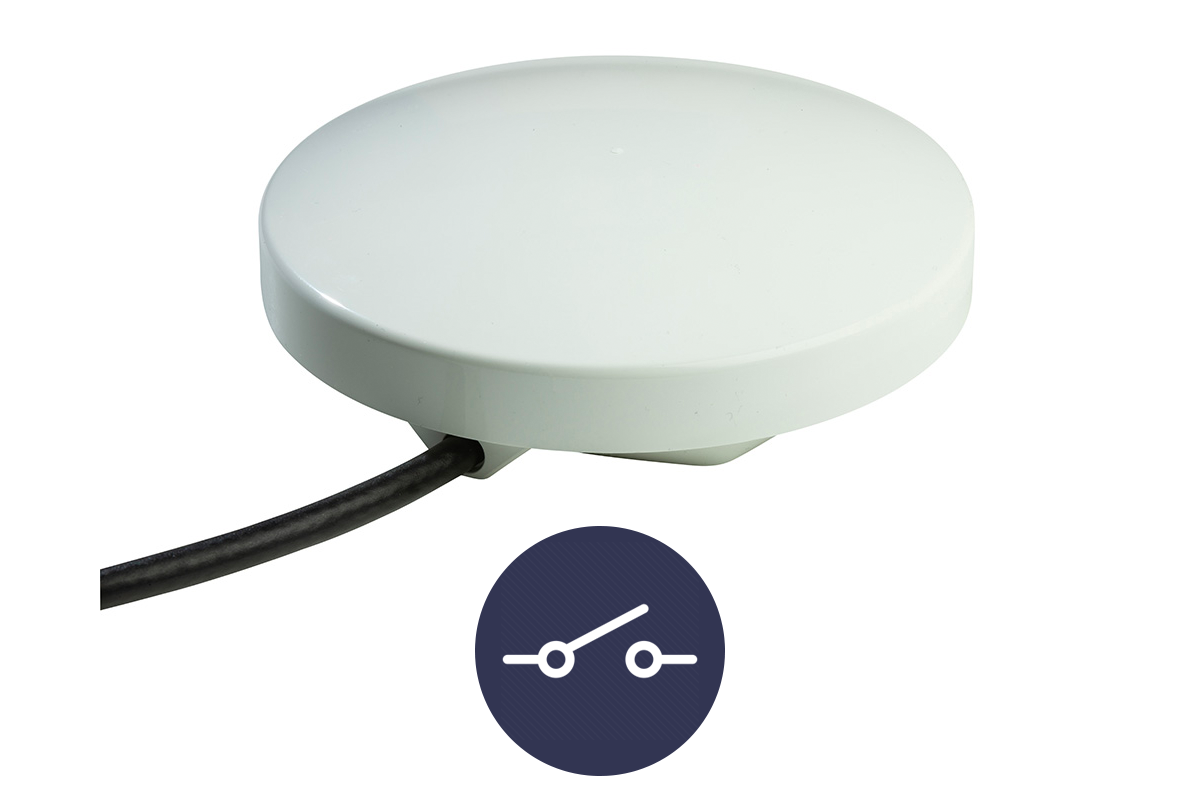
RockBLOCK Switch
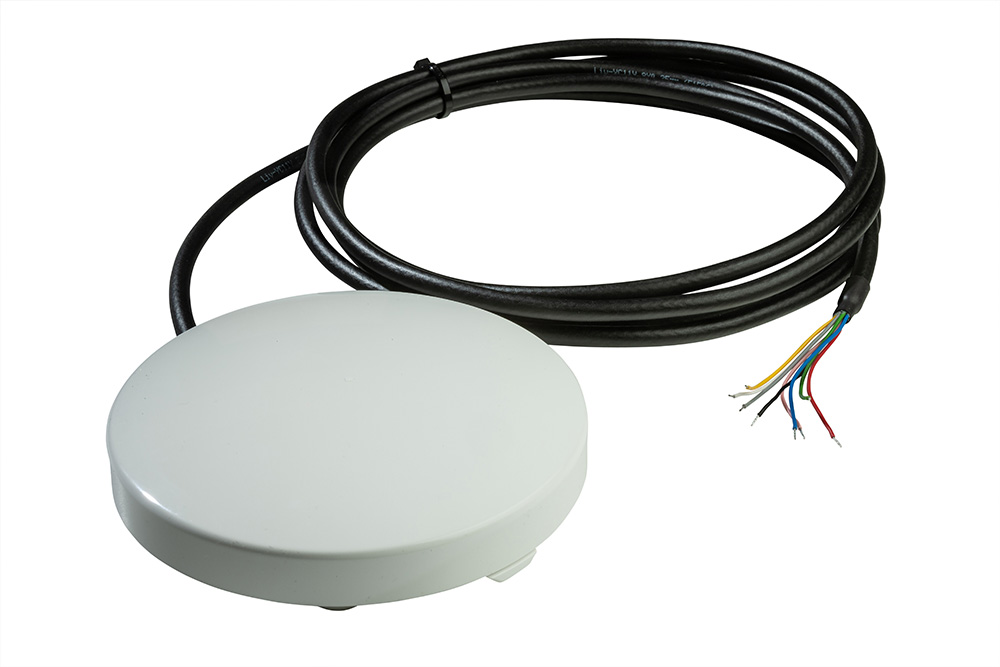
RockBLOCK Sense
Here to Help
If you need help connecting your sensors in remote locations, please get in touch! With 20 years of experience, we can help you make the best choices based on your requirements.
Please call us on us on +44 (0) 1452 751940 (Europe, Asia, Africa, Oceania) or +1.805.783.4600 (North and South America); email hello@groundcontrol.com, or complete the form.

 Multiple Analog or Digital Sensors
Multiple Analog or Digital Sensors Plug-and-Play Connection Only
Plug-and-Play Connection Only